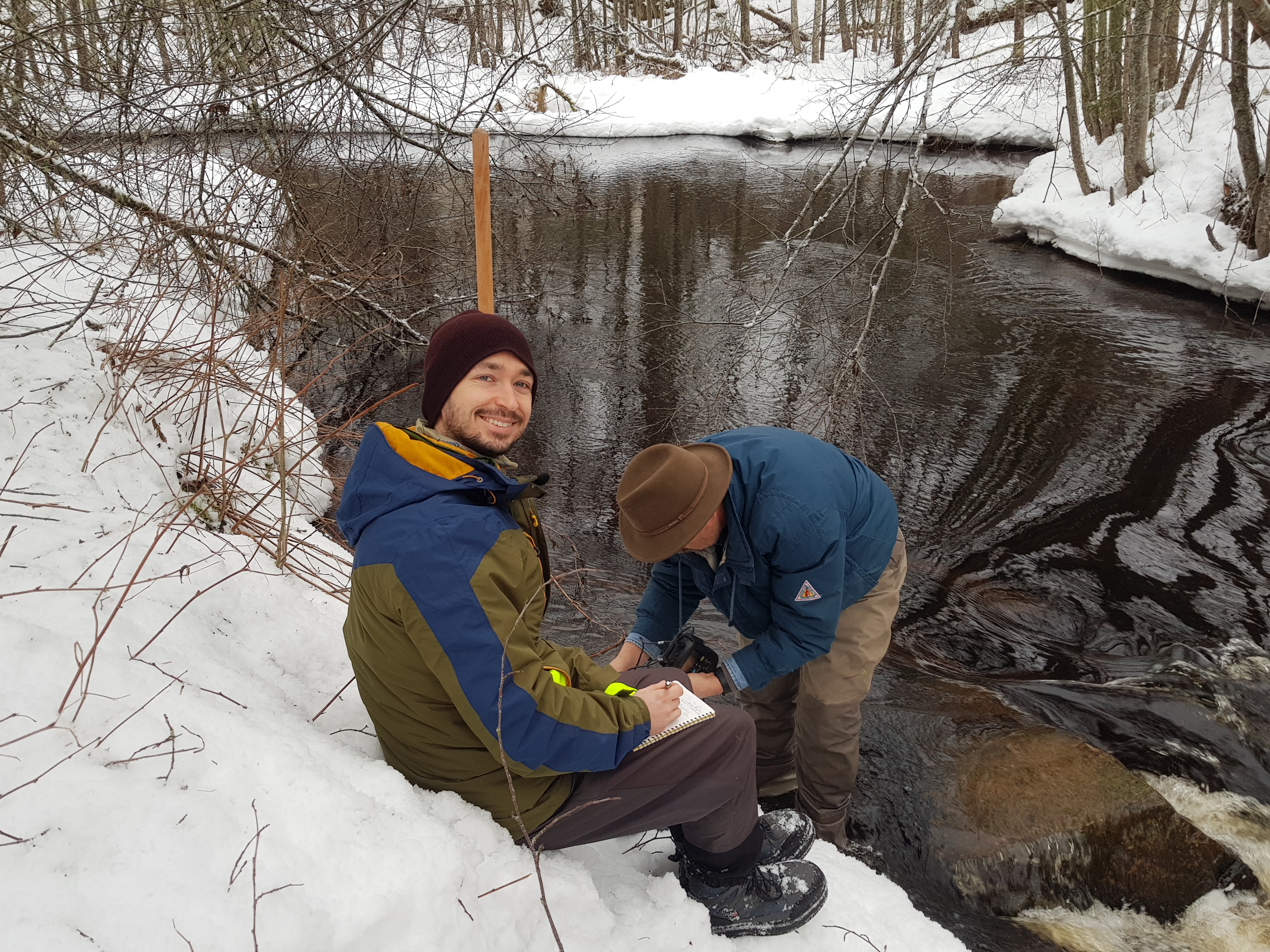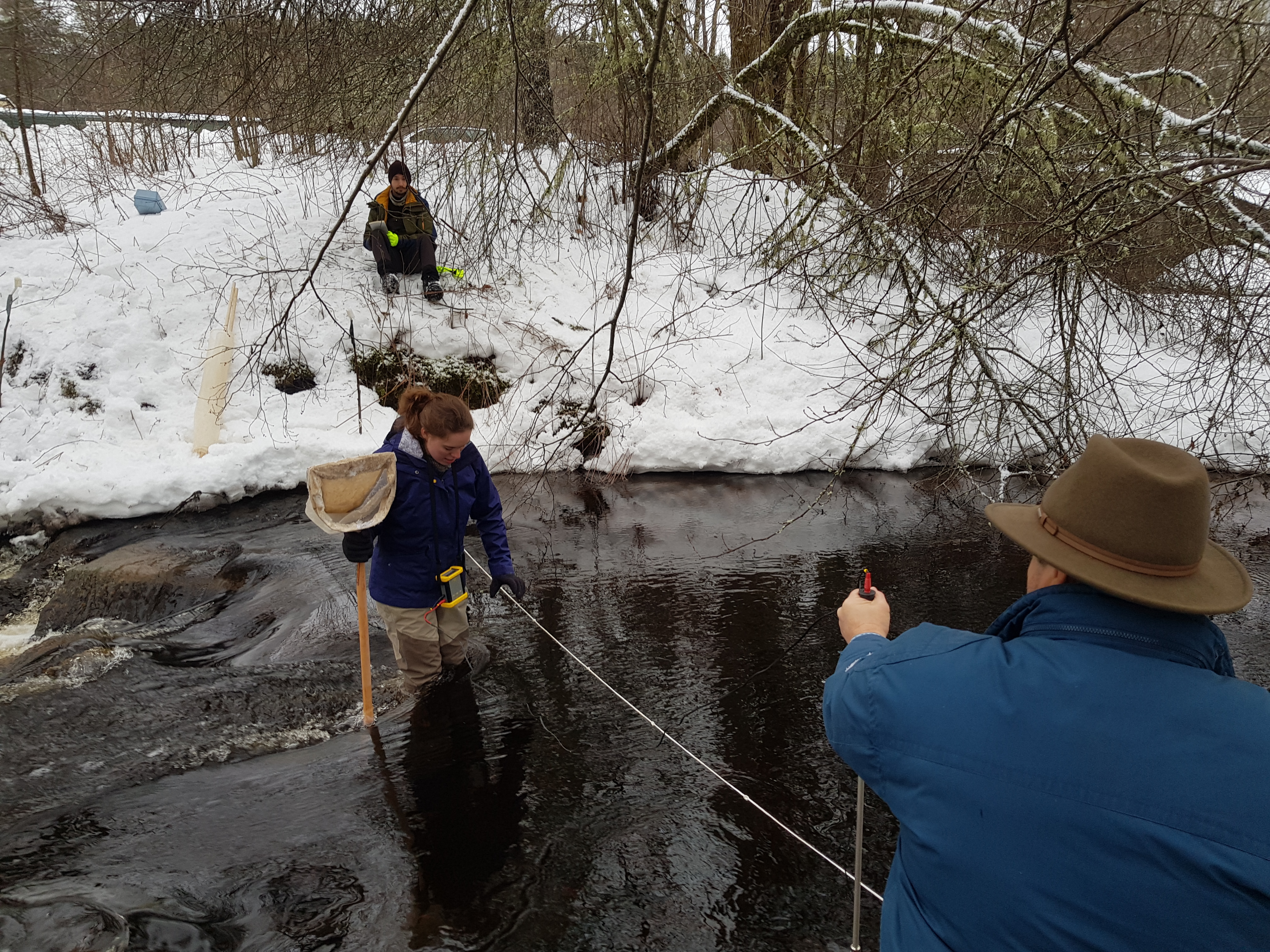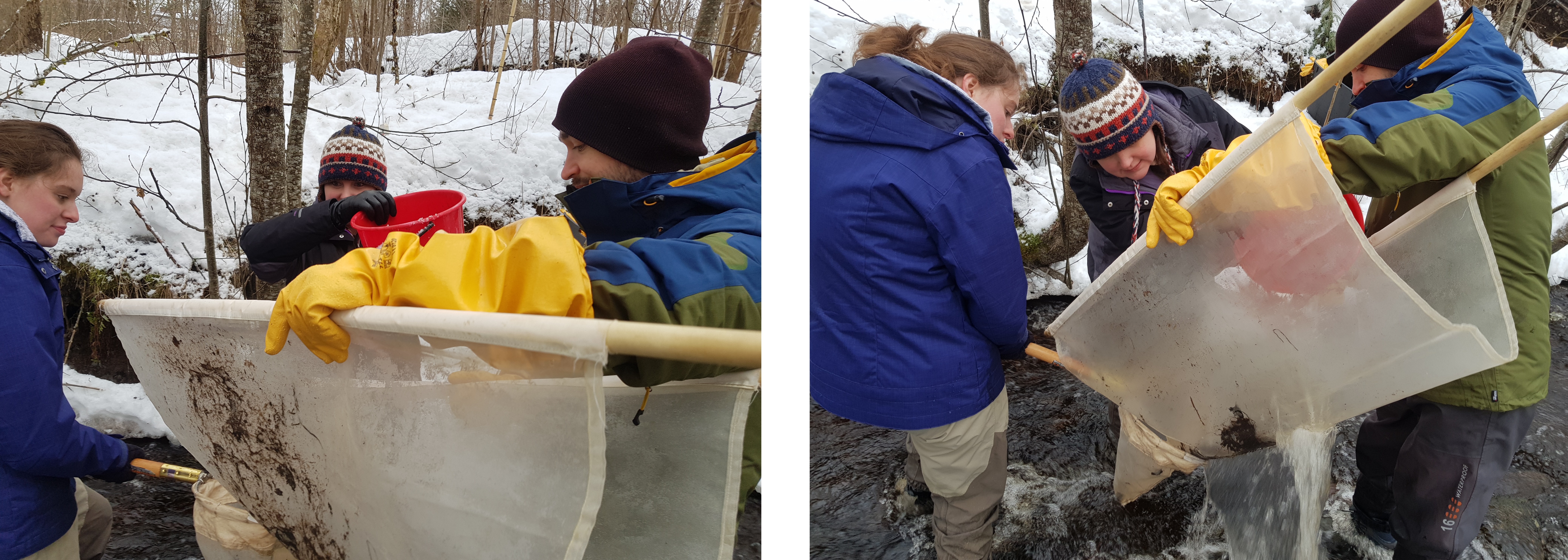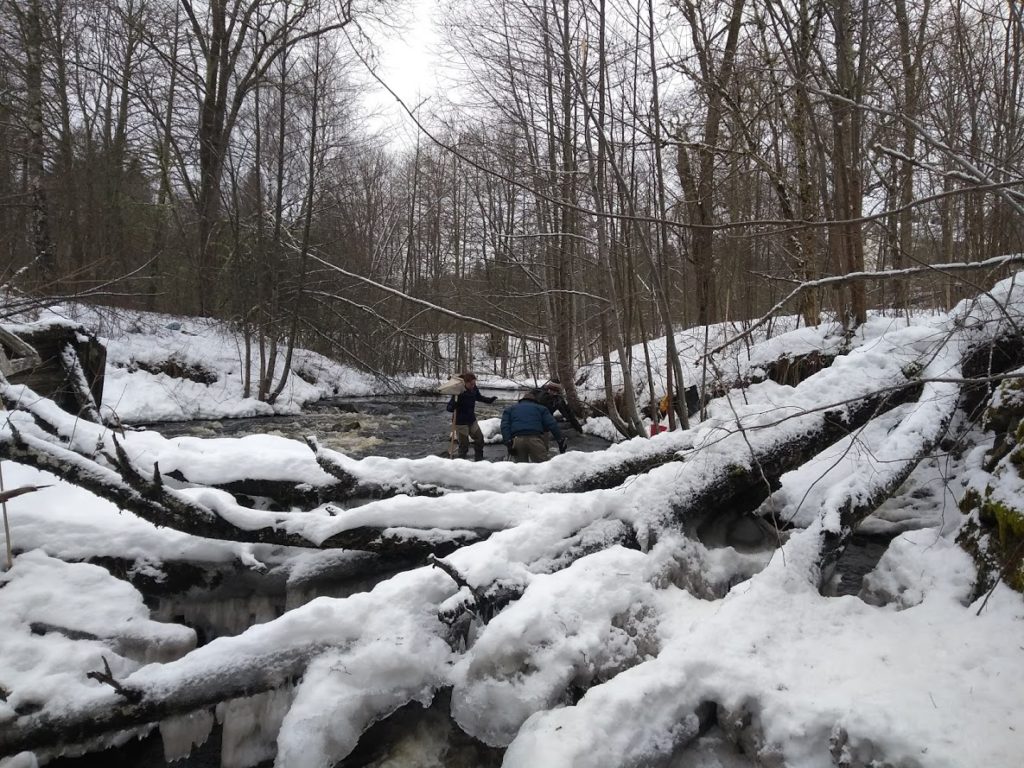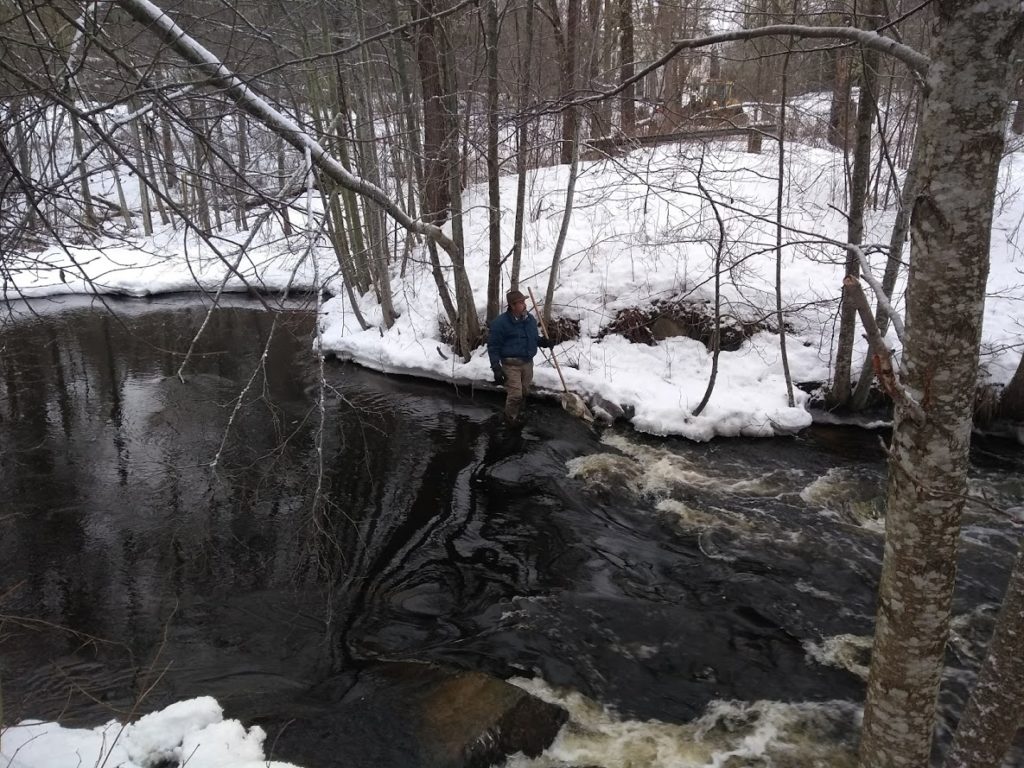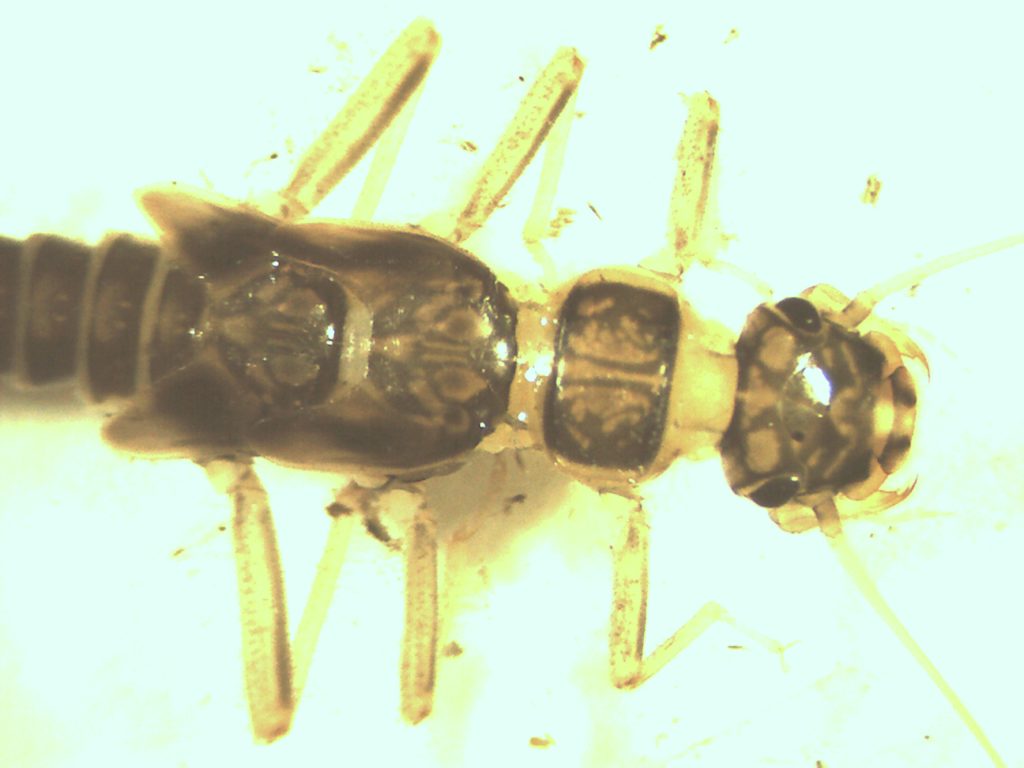Posted by Daniel Nyqvist |
Naturresurs rinnande vatten
Rachel Bowes has recently joined the NRRV-research group. Here she writes about her previous work and what she intends to do as a postdoc at Karlstad University:
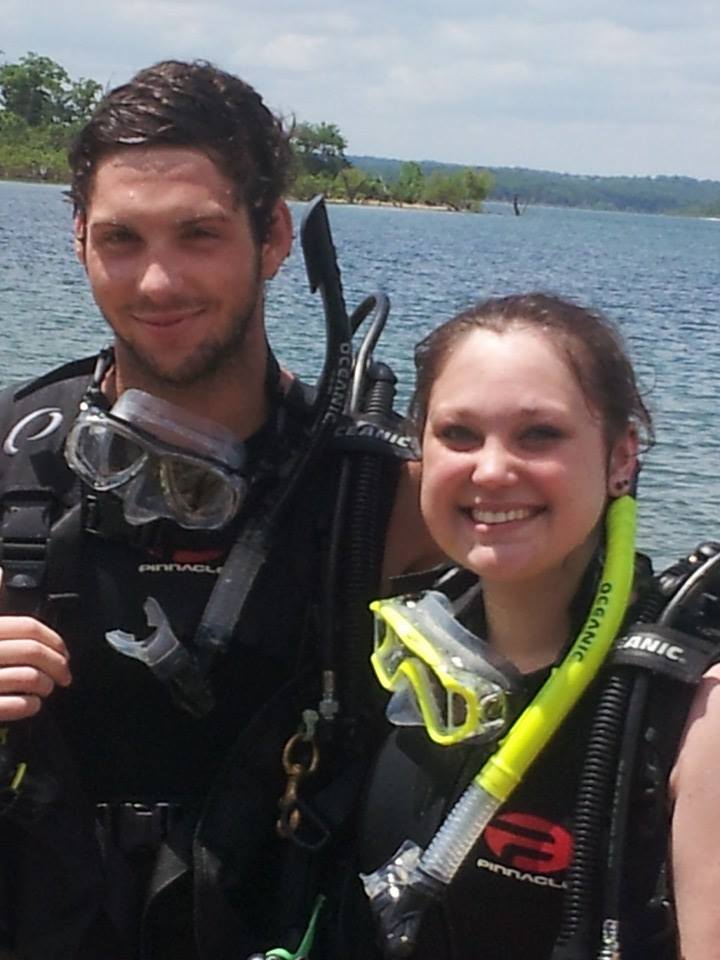
Rachel Bowes (right) with Brendan Martin, sampling algae.
“Hello! I’m Rachel Bowes and I am so excited to be joining NRRV! I just wanted to take a moment and tell you a little about me and my previous research. I have always had a deep appreciation and fascination for the natural world, and this has developed over the years into an insatiable desire to learn everything I possibly can about it. Not only do I want to discover, but I want to share these findings with everyone, and protect the Earth that I care about so much.
I completed my doctorate in May 2016 from the Department of Ecology and Evolutionary Biology at the University of Kansas (KU). My dissertation was entitled: Temporal Analysis of River Food Webs. Rivers and their tributaries are the arteries of the planet, pumping freshwater to wetlands and lakes and out to sea. Understanding energy flow up trophic levels, nutrient cycling pathways, and relative importance of terrestrial and aquatic carbon sources supporting aquatic consumers in large river food webs is essential in planning for wildlife conservation, environmental protection, and floodplain management. The principal goal of my dissertation was to understand better the factors controlling the complexity of river food webs through time.

Rachel Bowes (right) with Holly Lafferty, seining for fish in the Kansas River.
At a shorter time scale, I first looked at how season and food availability affect fish in rivers. I employed bulk tissue stable isotope analysis to determine trophic position of fish in the field, over different seasons, and fish in the lab, under different amounts of nutrient stress.
In the remaining chapters of my dissertation, I utilized a new technique, applying nitrogen and carbon stable isotope analysis of amino acids to samples to determine trophic position and carbon food sources over time. First, I demonstrated the utility these new methods in a controlled feeding experiment in the laboratory, determining fish trophic positions. I showed that the new methods seemed to offer more accuracy and precision in trophic position estimates when compared to more traditional methods of bulk tissue isotope analysis. With these new analytical methods, I proposed multidimensional metrics for use with compound specific analyses of food webs, as well as other multidimensional community measures (e.g., fatty acids, ordinal traits). Then, I evaluated long-term historical changes in trophic position and food sources of fish museum specimens using amino acid stable isotope analyses of both the Mississippi and Ohio rivers.
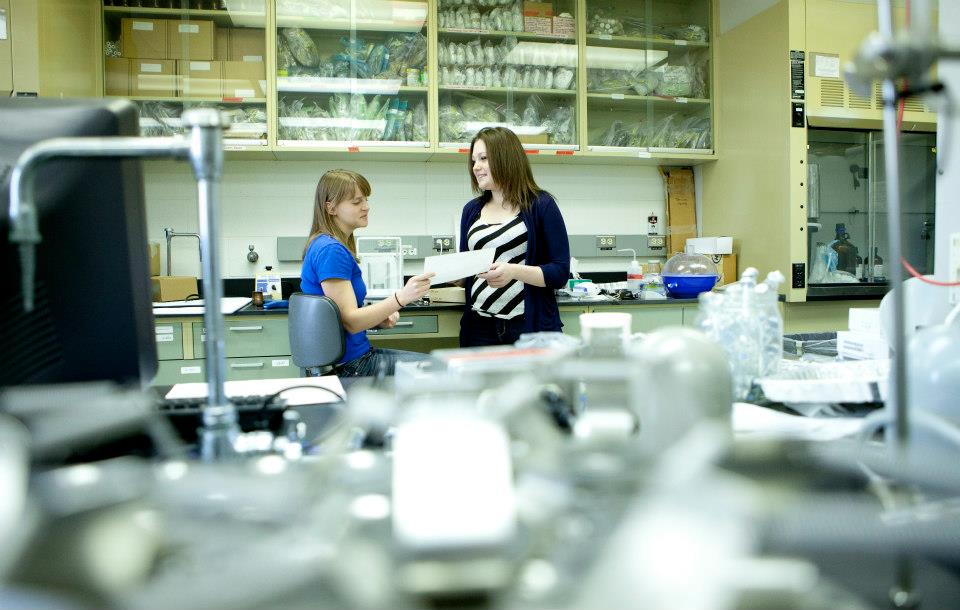
Rachel Bowes (right) in the laboratory at University of Kansas.
Rivers are among the most extensively altered ecosystems on earth. Over 60% of the world’s large river basins are now affected by dams for irrigation, urban development, navigation, and energy production. Many countries are recognizing the negative implications of these impoundments and are now actively removing dams. For my post-doc research here at Karlstad, I will be using my expertise in stable isotopes to look at river connectivity and the implications of dam removal on river ecosystems. There are several potential facets that we will be looking at, including fish movement, population genetics, and transfer of nutrients from marine to freshwater to terrestrial ecosystems. Stay tuned for more developments coming soon!
If you want to follow my current research and its progress, learn more about specific projects I have been involved in previously, or read about my diverse teaching experiences, please visit my website: rebowesecology.com. You can also follow me on Twitter @EcologyRachel.”
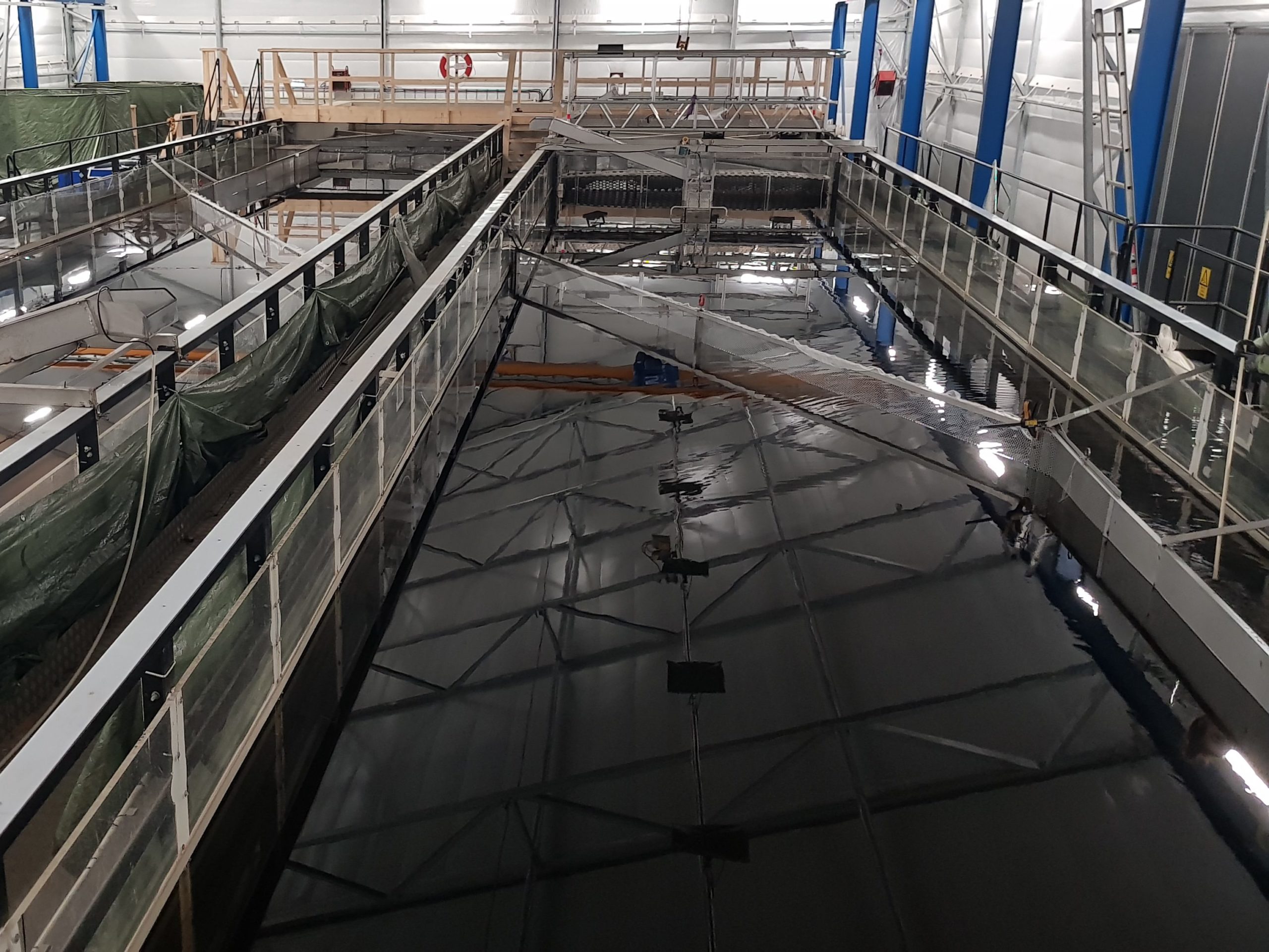
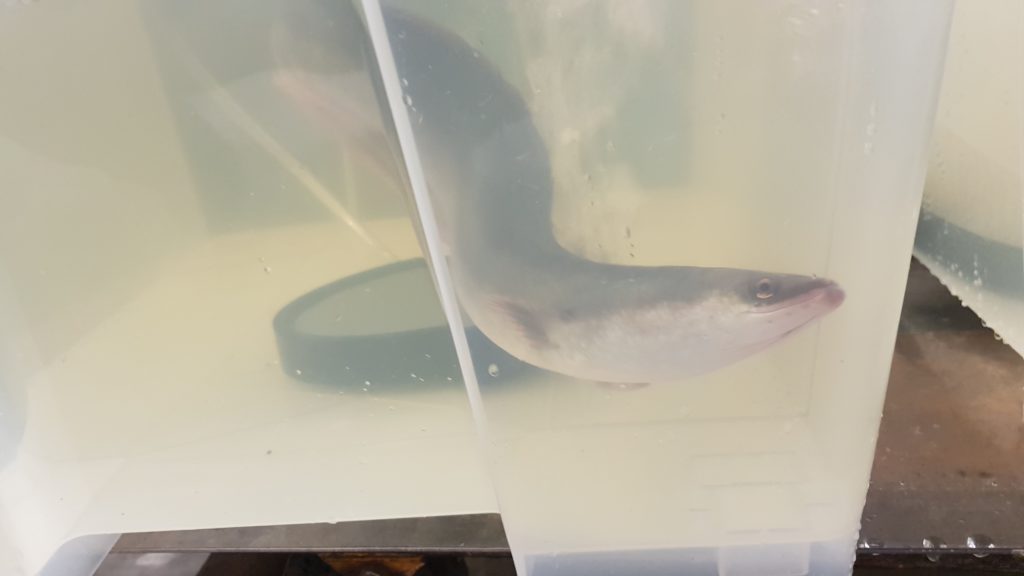
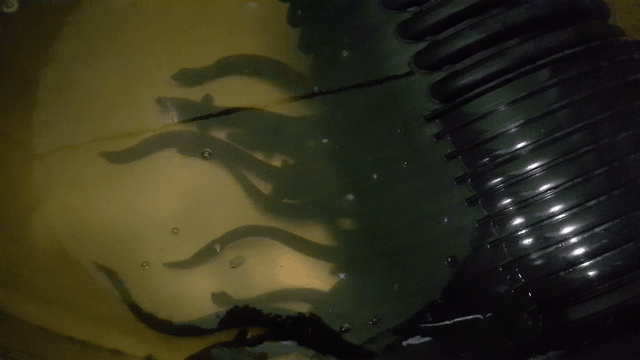



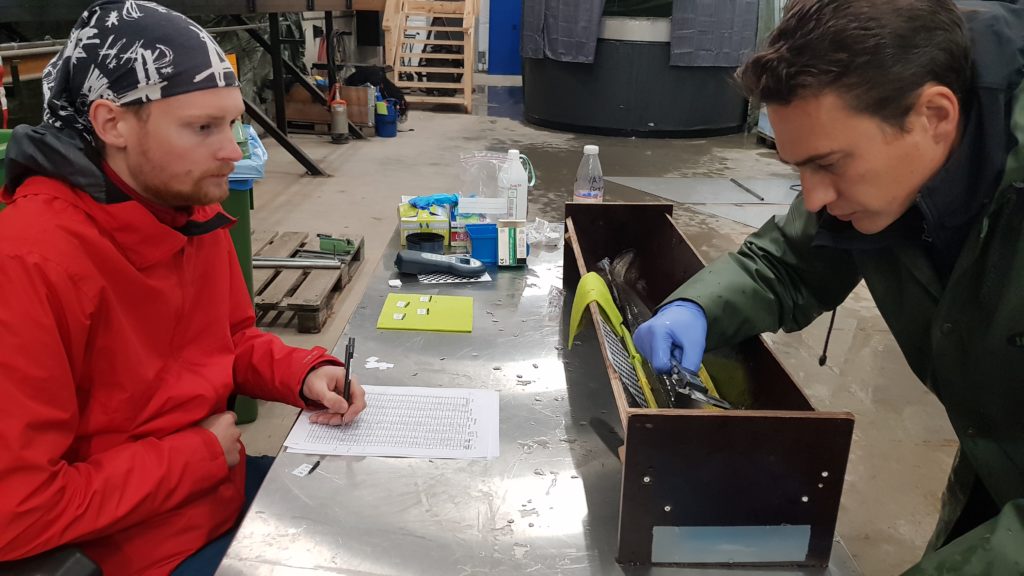
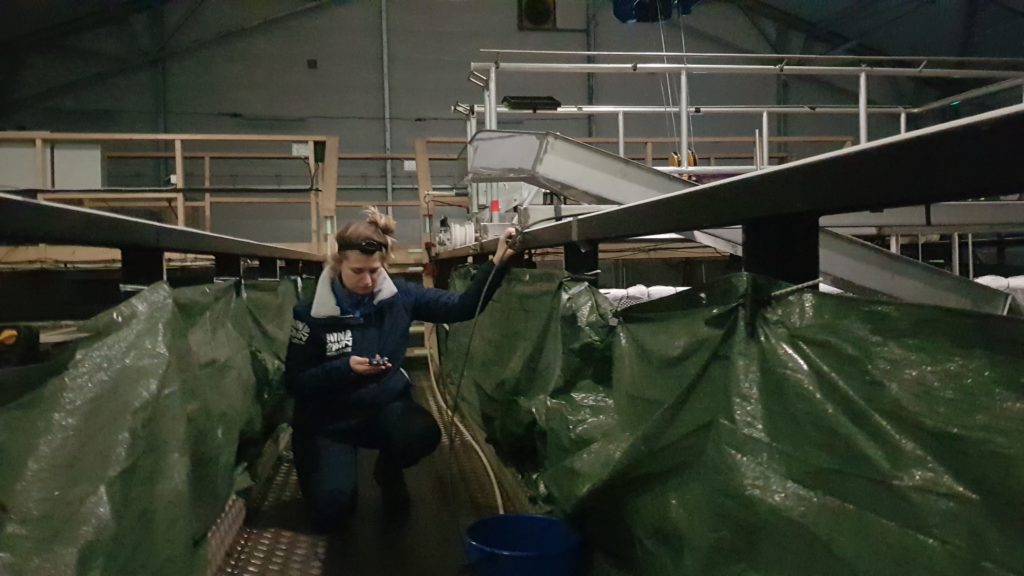
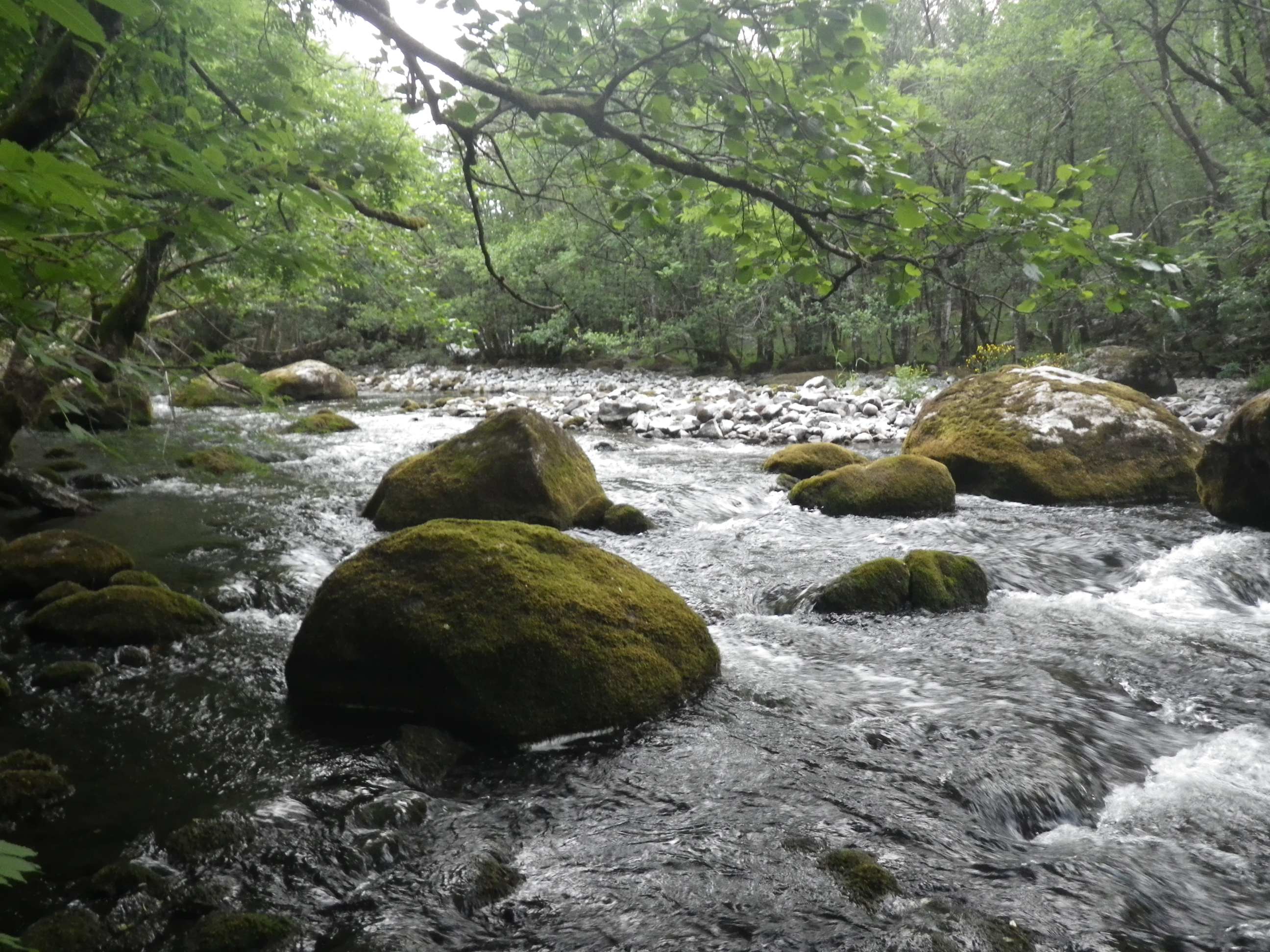 On Tuesday 26 November
On Tuesday 26 November 